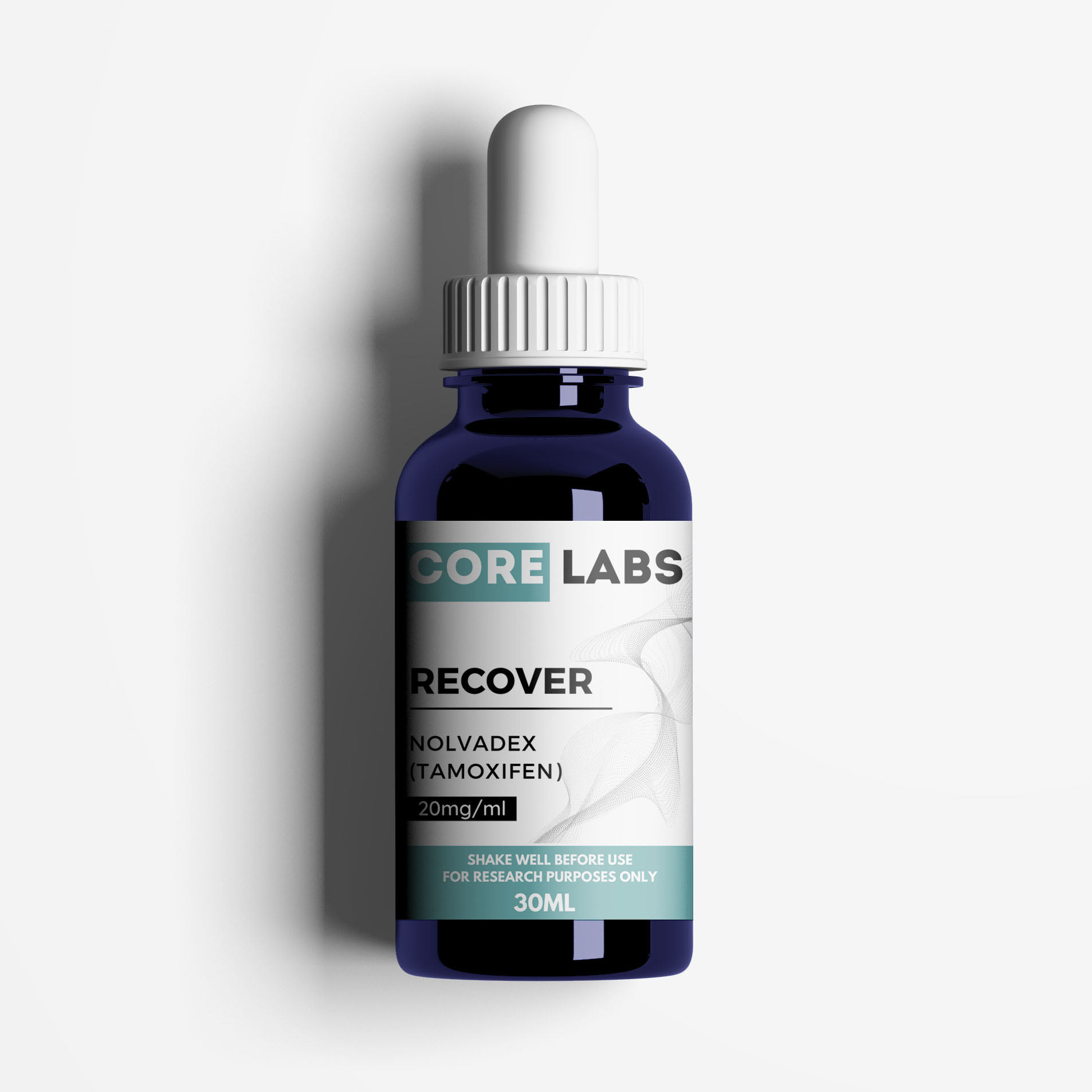Muscle mass and strength are highly desirable traits for any athlete or bodybuilder. This often leads them to explore various methods to achieve their desired physique.
Among the most debated supplements in recent years are SARMs (Selective Androgen Receptor Modulators) and anabolic steroids. Both offer various muscle growth and performance benefits, but understanding their differences is essential before making informed decisions.
This article will discuss SARMs vs Steroids- their differences, mechanisms of action, benefits, side effects, safety concerns, legal aspects, and alternative options. By the end, you will have a comprehensive understanding of these substances and their implications for your fitness journey.
SARMs vs Steroids: Benefits, Side Effects and Legal Concerns
Here’s a detailed comparison of the two in table form to help you compare them side-by-side and make an informed decision.
| Feature | SARMs | Steroids |
|---|---|---|
| Muscle Growth | Moderate | Significant |
| Fat Loss | Moderate | Significant |
| Strength Gains | Moderate | Significant |
| Side Effects | Potentially lower risk | Higher risk |
| Legal Status | Varies | Varies, often controlled substances |
| Research & Safety | Limited research, ongoing | Extensive research, established risks |
SARMs
SARMs are synthetic compounds designed to mimic the effects of testosterone on muscle tissue. They work by selectively binding to androgen receptors (ARs) primarily found in muscles and bones. It triggers anabolic effects like protein synthesis and muscle growth.
This “tissue-selective” nature is what distinguishes SARMs from traditional steroids, which bind to ARs throughout the body, leading to broader impacts and potential side effects.
Anabolic Steroids
Anabolic steroids are synthetic versions of the male sex hormone testosterone. They bind to a wider range of ARs across various tissues, leading to more potent anabolic and androgenic (masculinizing) effects.
This broader activity can contribute to faster muscle growth and strength gains but also carries a higher risk of side effects.
Benefits
- Muscle Growth & Strength Enhancement: Both SARMs and steroids can significantly increase muscle mass, strength, and athletic performance.
- Fat Loss & Body Composition Improvement: Some SARMs and steroids can promote fat burning and improve overall body composition.
- Potential for Bone Strength: Certain SARMs and steroids may help strengthen bones and reduce the risk of fractures.
Side effects
Both SARMs and steroids can have various side effects, ranging from mild to severe, such as:
- Liver damage
- Cardiovascular complications
- Hormonal imbalances
- Mood changes
- Increased risk of certain cancers
- Virilization in women
Legal and Safety Concerns
Legal concerns
The legal considerations of SARMs and steroids vary from region to region. While some are banned, others exist in a regulated or unregulated gray area. Additionally, SARMs, due to limited research and potential health concerns, add another layer of uncertainty for individuals contemplating their use.
Therefore, understanding the legal implications and seeking expert advice is necessary before consuming SARMs and steroids.
Here are some general guidelines:
- Controlled Substances: Some anabolic steroids are classified as controlled substances and require a prescription for medical use.
- Unregulated SARMs: Currently, SARMs are not regulated in many countries, leading to concerns about their quality and potential safety risks.
- Research Chemicals: SARMs are often classified as research chemicals, meaning they are not intended for human consumption.
Safety concerns
Here are some essential safety considerations:
- Individual Response: Each individual reacts differently to SARMs and steroids. Factors like genetics, age, health status, and dosage can all influence the side effects experienced.
- Monitoring and Regular Checkups: Close monitoring of health markers, including liver function, blood pressure, and cholesterol levels, is crucial while using SARMs or steroids.
- Proper Cycling and Post-Cycle Therapy: Following recommended cycling protocols and implementing post-cycle therapy (PCT) can help mitigate the potential for side effects and restore natural hormone production.
Conclusion: What should you choose: SARMs or Steroids?
SARMs and steroids offer tempting shortcuts for achieving muscle growth, but they come with inherent risks and potential side effects. Carefully consider your individual goals, risk tolerance, and legal limitations before choosing to consume them.
Here are some questions to ask yourself:
- What are your specific fitness goals?
- Are you comfortable with the potential risks of side effects?
- Have you researched the legal status of SARMs and steroids in your area?
- Have you consulted a healthcare professional for personalized guidance?
Remember to seek medical or professional help before consuming any of the two.
FAQs
1. Are SARMs safer than steroids?
The safety profile of SARMs is still under investigation. While they may offer some theoretical advantages over steroids regarding side effects, further research is needed to understand their long-term safety fully.
2. Are SARMs legal?
The legal status of SARMs varies by country and regulatory body. Researching the legality of SARMs in your area is crucial before considering using them.
3. Can SARMs replace steroids?
SARMs offer similar benefits to steroids, but they need to be a complete replacement. While they can build muscle and improve performance, their effects are generally weaker. SARMs are also less researched, and their long-term safety is still being determined.
4. Do SARMs lower testosterone?
Yes, most SARMs suppress natural testosterone production to some extent. This depends on the specific SARM and dosage used. Longer use leads to greater suppression. Side effects include decreased libido, erectile dysfunction, and fatigue.

